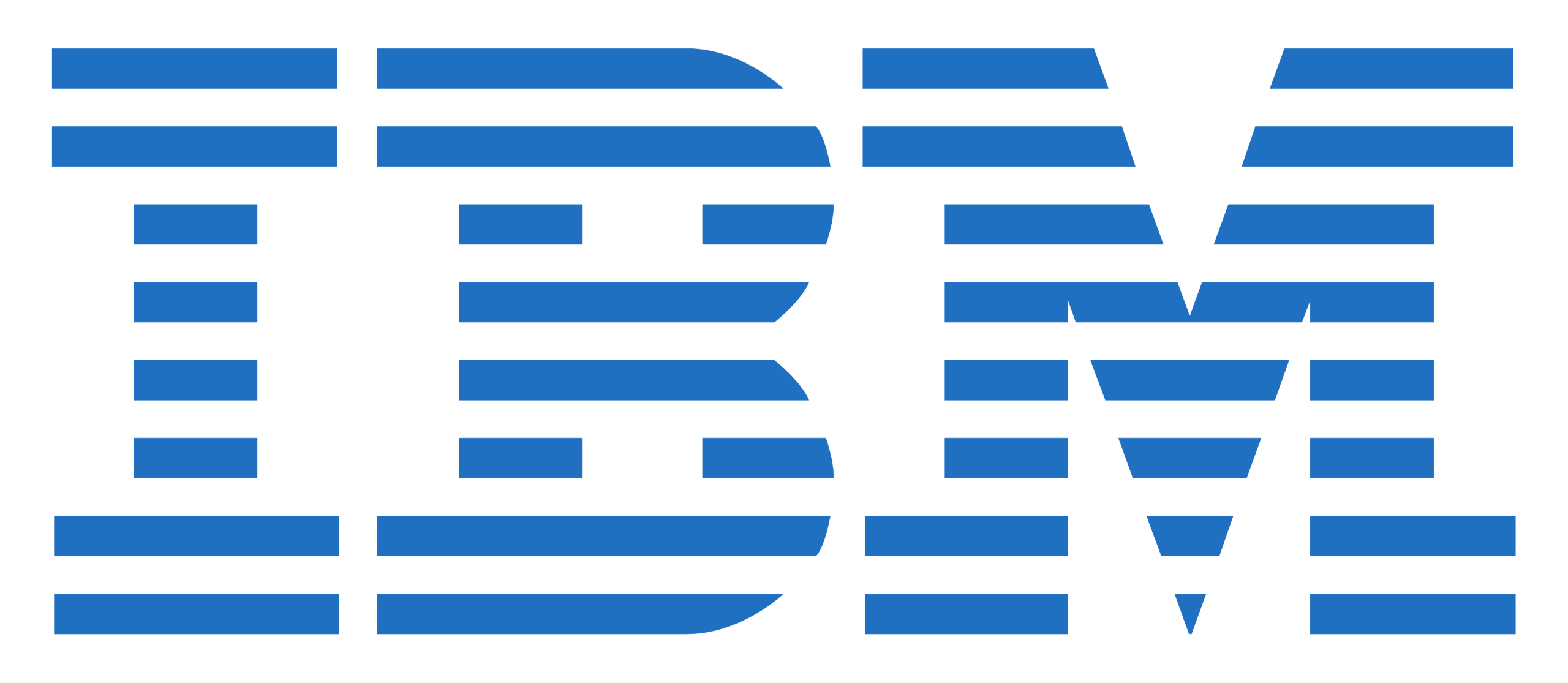Key Takeaways
Created with AI - we're still experimenting, so apologies if it misses the mark
- IBM and AMD are partnering to develop quantum-centric supercomputing architectures, combining quantum computers with high-performance computing technologies for various applications such as drug discovery, process optimization, and logistics management.
- Quantum computing, utilizing qubits instead of classical bits, offers a new approach to data processing by allowing multiple states simultaneously due to quantum mechanics, resulting in vastly expanded computational possibilities.
- The partnership aims to create hybrid systems that leverage the strengths of both technologies – quantum and classical supercomputers – for tackling complex problems more efficiently and on a larger scale.
- IBMs goal is to achieve fault-tolerant quantum computers by the end of the decade, with AMD contributing real-time error correction technology as a critical component for such systems. The partnership also plans to demonstrate integration of quantum computers with traditional high-performance computing this year and accelerate the development of new algorithms using open-source tools like Qiskit.
IBM and AMD Partner to Pioneer Quantum-Centric Supercomputing Revolution
IBM and AMD are partnering to develop next-generation computing architectures, focusing on quantum-centric supercomputing. This collaboration combines quantum computers with high-performance computing (HPC) technologies. IBM contributes its expertise in quantum computer development, while AMD leads in HPC and AI accelerators. Together, they aim to develop open-source platforms designed to revolutionize the future of computing. Quantum computing introduces a new approach to data processing, utilizing qubits instead of classical bits (0 or 1). Qubits can exist in multiple states simultaneously due to quantum mechanics, vastly expanding computational possibilities. This technology promises to simplify complex problems such as discovering new drugs and materials, optimizing processes, and managing large-scale logistics. According to Arvind Krishna, IBM’s President and CEO, “Quantum computing will revolutionize the way we simulate nature and process information. By teaming up IBM quantum computers with AMD’s advanced high-performance technology, we can create a hybrid powerhouse that blows past traditional computing limits.”
In a quantum-centric supercomputing setup, quantum computers work in conjunction with classical supercomputers and AI technologies, including CPUs, GPUs, and other specialized processors. This hybrid system is designed to tackle different aspects of a problem by applying the most suitable computational approach. For instance, future applications might involve quantum computers simulating atomic and molecular interactions, while AI-driven classical supercomputers process vast datasets. This integration could solve real-world issues faster and on a larger scale. IBM and AMD are exploring combining IBM’s quantum computers with AMD’s CPUs, GPUs, and FPGAs to accelerate algorithms that neither technology can handle effectively alone. This partnership also aims to help IBM achieve its goal of creating fault-tolerant quantum computers by the end of the decade, leveraging AMD’s real-time error correction technology, a critical component for such systems.
Collaborative Quantum-Classical Supercomputing by IBM and AMD Advances Real-World Solutions
AMD has already established itself as a leader in HPC. Its CPUs and GPUs power Frontier at Oak Ridge National Laboratory, the world’s first exascale supercomputer. Additionally, AMD’s EPYC CPUs and Instinct GPU technology are central to El Capitan at Lawrence Livermore National Laboratory. These systems rank as the two fastest computers globally, according to the Top500 list. Beyond HPC, AMD’s hardware and open-source software also drive AI solutions for leading companies and cloud providers worldwide. This year, IBM and AMD plan to demonstrate the integration of quantum computers with traditional high-performance computing. Their work will focus on hybrid quantum-classical workflows, harnessing the unique strengths of each paradigm to address real-world challenges. They are also exploring the use of open-source tools like Qiskit to accelerate the development of new algorithms for quantum-centric supercomputing, ultimately advancing computing capabilities through their combined expertise.
Have any thoughts?
Share your reaction or leave a quick response — we’d love to hear what you think!
